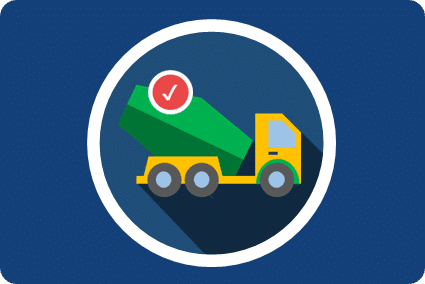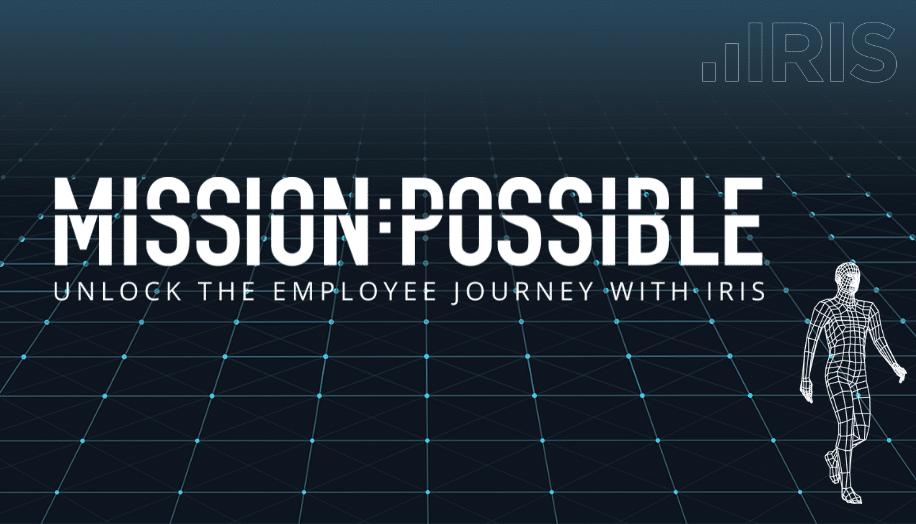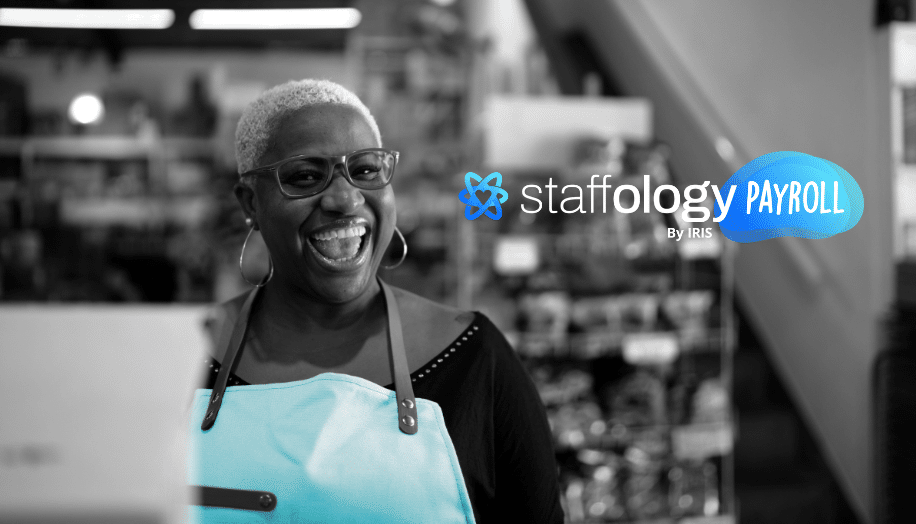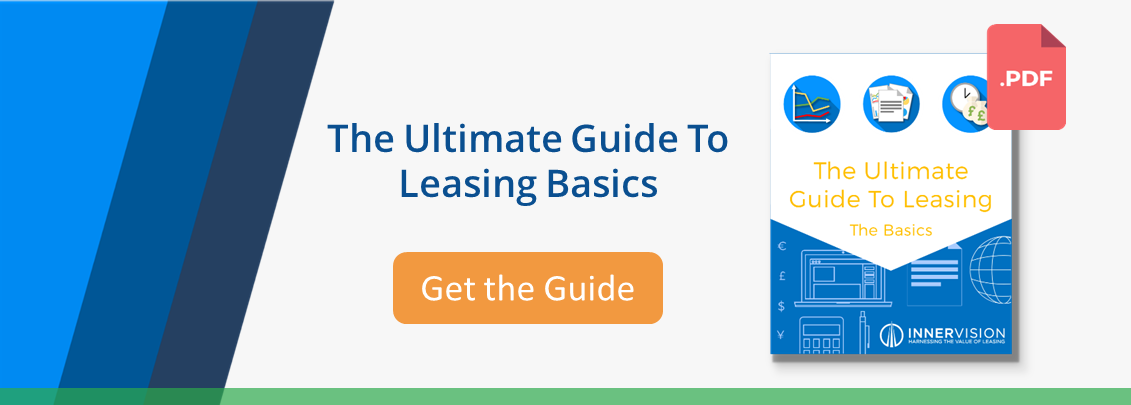BLOGS
What are the benefits of leasing equipment?

The benefits of leasing equipment and other assets are plentiful and wide-ranging. But you may be looking to improve your lease management or the principles of your lease administration. This post explores the benefits to leasing and how effective management can improve your ROI by leasing as opposed to buying assets (Lease vs Buy).
The Benefits Of Leasing
- Reduced pressure on cash flow
- Flexibility in offloading assets (though can incur fees)
- Replacement and upgrading assets is simple
- Off-balance sheet benefits for operating leases (though due to change by 2018/2019)
- Residual Value (RVs) may make leasing a cheaper option than buying as the lessor takes the risk
- Asset obsolescence can be mitigated
- Asset investment can be protected with optimised end-of-lease terms
- The risk of asset ownership is often transferred to the lessor
Utilising leasing as a means of managing the company’s assets continues to grow in popularity. Especially in these times of economic uncertainty and changing political landscapes.
This is largely due to the fact that by leasing the high initial capital outlay required to purchase an asset is replaced by periodic lease repayments (rentals) that are spread across the life of a lease. This, in turn, relieves pressure on a company’s cash flow and presents an opportunity to redirect capital resources into other areas of the business.
If you can negotiate the right agreement with a suitable lessor, this opens up great opportunities to improve your cash flow and make cost forecasting more certain. Warranties and other maintenance factors can be brokered as part of the lease agreement, meaning that monthly spend on assets is fixed, minimising the risk of extra, unexpected expenditure for repairing and upgrading equipment.
Come the end of an agreement, a lease also opens up many benefits to disposing and replacing or recycling equipment. As said assets are still the property and responsibility of the lessor and not yourself, it is their responsibility to dispose or upcycle said equipment responsibly and legally; this is particularly important for electrical and IT equipment, which can be time-consuming and costly to dispose of.
Improving ROI Through Leasing
All of this translates into highlighting the real potential for leasing to be a great opportunity for you to improve the business’ return on investment when it comes to the assets it uses in its daily operations.
From company vehicles to material handling equipment or IT equipment; leasing allows employees to use the latest, most efficient technology in their daily operations. This makes them more productive and able to maximise their output. Having access to suitable leased asset refresh and upgrade programmes that provide businesses with simplified access to advanced technology and equipment, is a great tool for securing and retaining the best staff to the company.
The payments made during a lease agreement, as touched upon, are determined well in advance and therefore offer projection certainty. If the lease term is less than the useful life of the asset, it’s the lessor’s responsibility to find a new user, sell them or upcycle them to an as-new state. If the assets were bought, this would be the responsibility of your business.
This highlights how investment in your operating equipment, whatever form that takes, is maximised through leasing, as large elements of risk are removed. By being able to negotiate a lease agreement from a position of strength, it’s easier to manage your assets thanks to a favourable lease agreement.
“Investment in your operating equipment, whatever form that takes, is maximised through leasing”
Note: of course, there is still some risk as some lease providers will be strict and overbearing in terms of what constitutes fair use and detriment to the assets. And there are other considerations to factor, such as mileage agreements on vehicles, for example, which will affect the monthly/quarterly/yearly payment amount.
But this still presents a smaller risk than purchasing an asset outright if a company has applied foresight and taken the time to negotiate favourable terms at the lease inception.
Making Lease Management More Effective
Being proactive when it comes to lease management is key. To use a domestic analogy, it is the same principle as a leased car user pre-emptively removing any chips or alloy damages prior to their agreement coming to an end in order to minimise any charges they face.
But on a grander scale.
Improving lease management for the company needs time and judgement, as well as a strong negotiator to maximise the value of lease agreements. It also needs the company to be highly organised to ensure there are no automatic renewals, penalty charges, lapsed payments or servicing of the assets.
If you want to find out more about LOIS, our unique and powerful lease portfolio management software, and how it can help you become compliant and manage your lease agreements and reporting effortlessly, CLICK HERE.
This can be done through close management by a responsible individual or team or through the use of inclusive software which manages this for you.
In order to keep your lease agreements beneficial, the management responsible for them also needs to consider the impact of your leasing expenditure across the whole agreement and whether there is a benefit to extending the agreement as is, negotiating a new payment fee for extending the agreement.
The more assets you acquire through a lease agreement, the more intensive the management of this becomes. But, at the same time, the more the benefits of leasing are maximised and the stronger your negotiating power with the lessor becomes.
It’s vital that you stay proactively managing all of your lease agreements.
Find Out More About Leasing
If you are interested in finding out more about leasing, the benefits and how to make the most of it for your business; download our free, substantial e-paper The Ultimate Guide To Leasing - The Basics. Just click on the link below to access your copy.










